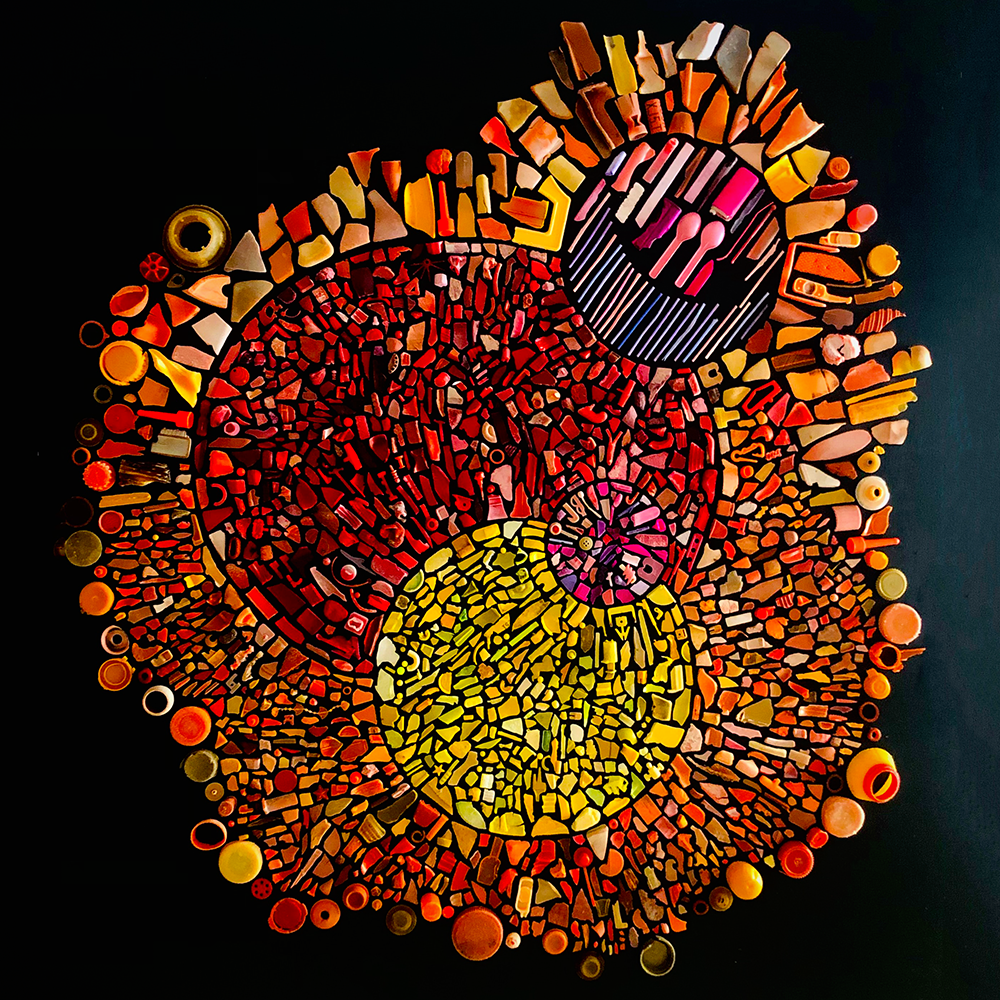Have you ever worked on an upcycling project that left you anxious and frustrated?
Have you ever wanted to rescue an old t-shirt from the trash or repurpose recyclables but got overwhelmed with where to start?
You're not alone!
While upcycling seems like an easy and inexpensive way to craft using pre-loved materials, the reality is that it comes with unique challenges that can test even the most seasoned DIY-ers.
Beyond collecting materials and coming up with design ideas, upcycling old things into new requires navigating a tangled web of unexpected roadblocks - from separating fused parts to finding the patience to sand away decades of grime.
From technical difficulties adapting existing items to new purposes, to envisioning new designs within limited materials, upcycling is far from simple.
Yet underneath those tricky troubles lies an incredibly rewarding creative process waiting to be discovered.
In this post, we'll unwrap some of the gritty realities behind transforming trash into treasure through the lens of artists just like you who have learned from their struggles and triumphs on the upcycling path.
Whether you're a seasoned craftsperson or just starting to toy with the idea of minimizing waste through creative upcycling projects, get ready for an entertaining and insightful tour of what really goes on behind the recycled scenes.
Along the way, we'll share tried-and-true upcycling tips from other artists who have struggled but found solutions.
By the end, you'll better understand why upcycling can seem so daunting at first, but also gain insights to help unleash your inner visionary and take on any recycling project with renewed confidence.
Get ready to troubleshoot the hurdles and reignite your motivation for sustainable reuse!
Key Takeaways:
- Upcycling faces challenges such as sourcing sufficient materials, developing profitable business models, and changing consumer attitudes.
- Technical knowledge, business management support, and securing work facilities are crucial for successful upcycling operations.
- Collaboration between various actors, including educational institutions, local councils, and small businesses, is essential to create a sustainable upcycling ecosystem.

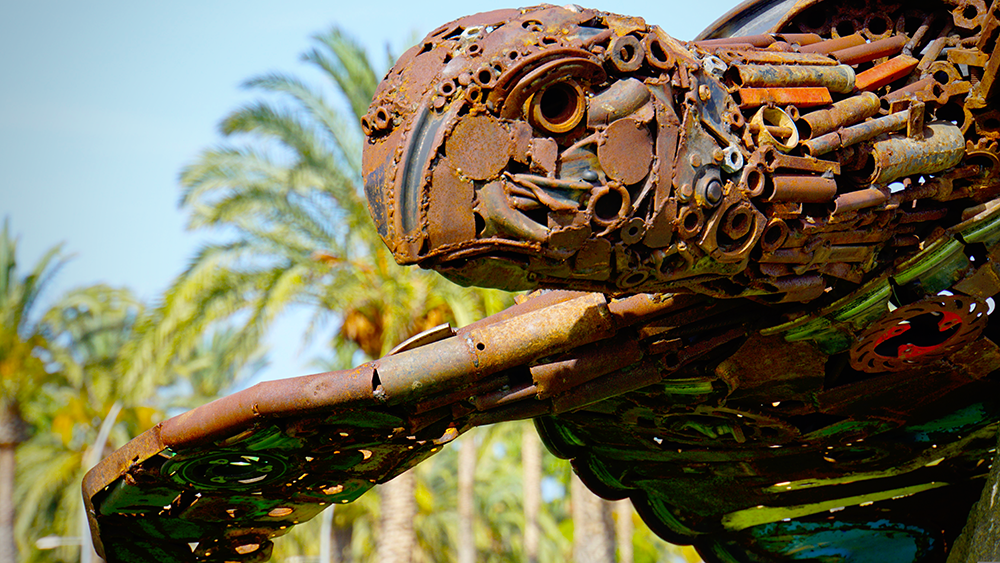

Upcycling's Potential
We've all dreamed about living a lifestyle that's sustainable, eco-friendly, and Instagram-worthy.
One popular way to achieve that is through upcycling, the art of transforming old materials into something new and beautiful.
Upcycling saves resources, reduces waste, and is a fun way to repurpose the clutter you have lying around.
Additionally, it offers a sustainable alternative to buying new products and contributes to creating a circular economy.
However, despite its potential, upcycling is not as easy as some may think.
It involves creativity, skill, patience, and persistence - qualities that we all possess but need to be honed and nurtured over time.
While upcycling has gained significant traction as a sustainable practice, despite its potential benefits, it presents a myriad of challenges that can make it a difficult endeavor.
These challenges include sourcing materials, developing profitable business models, and changing consumer attitudes.
The Complexities of Sourcing Materials
One of the main challenges in upcycling is sourcing sufficient and consistent raw materials.
For small businesses and wood upcycling businesses, finding a predictable flow of quality used materials can be daunting.
Garage sales, donations, and partnerships with local councils can provide some sourced materials, but the lack of a steady supply can disrupt the production process and affect the availability of upcycled goods.
The Challenge of Repurposing Diverse Materials
Repurposing diverse materials such as plastic bottles, textile waste, and toilet paper rolls requires different techniques and equipment.
The need to lease professional tools or develop custom solutions can be a barrier for many upcyclers, especially those just starting.
This limits the variety of materials they can work with and hinders their creativity in designing new products.
The Hurdle of Developing Profitable Models
Developing profitable business models is another significant challenge for upcycling ventures.
The cost of collecting, sorting, and transforming waste materials often outweighs the price that consumers are willing to pay for upcycled art and products.
This economic imbalance makes it difficult for upcyclers to sustain their operations, let alone expand them to have a more considerable environmental impact.



Technical Knowledge and Expertise
Technical knowledge is a cornerstone of successful upcycling.
From fashion industry professionals redefining waste textiles to artisans giving new life to old furniture, the need for specialized skills is paramount.
However, acquiring such knowledge often requires time and resources that many interested in upcycling may not have, thus hindering their ability to create high-quality upcycled art and products.
Business Management and Support
Effective business management support is crucial for upcycling operations to thrive.
This includes understanding market dynamics, consumer attitudes, and the intricacies of supply chains.
Many upcyclers start with a passion for sustainability but may lack the necessary business acumen to develop and scale their operations into a viable enterprise.
Securing Appropriate Work Facilities
Securing work facilities that are suitable for upcycling can be a significant barrier.
Whether it's a space for storing raw materials or a workshop for the production process, the cost and availability of real estate can be prohibitive, especially for non-profits and small businesses just starting.
Without the right facilities, upcycling ventures may struggle to compete with more established businesses that have access to better resources.
Consumer Attitudes and Market Demand
Consumer attitudes towards upcycled goods play a critical role in the success of upcycling.
While there is a growing concern for the environment, not all consumers are willing to purchase upcycled products, especially if they are perceived as less desirable or lower quality than new clothes or items.
This can make it challenging for upcyclers to generate demand and compete with traditional retailers.
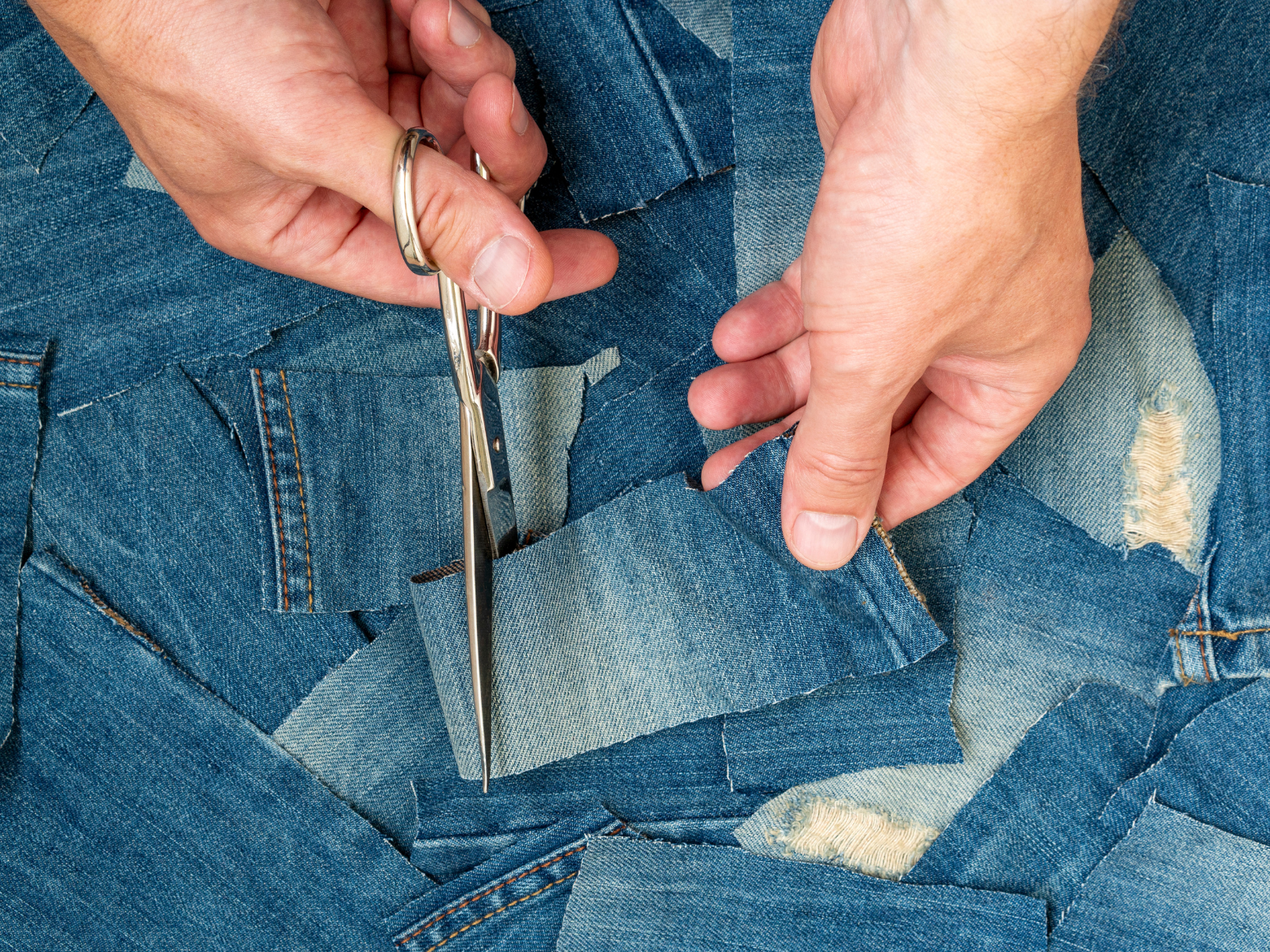


Importance of a Predictable Flow of Materials
A predictable flow of materials is essential for the stability of upcycling operations.
Without it, upcyclers face uncertainty in production, which can lead to inefficiencies and increased costs.
Therefore, partnerships with material suppliers and local councils are crucial for creating a sustainable supply chain that supports the growth of upcycling businesses.
Environmental Impact of Upcycling
Upcycling can significantly reduce waste and greenhouse gas emissions by diverting materials from landfills.
However, the environmental benefits can be offset if the upcycling process itself is not managed sustainably.
For instance, if upcycling operations require extensive transportation or if they use harmful chemicals, the net environmental gain can be diminished.
Managing the environmental impact of upcycling requires ongoing efforts to improve processes, reduce waste, and prioritize eco-friendly practices.
It also requires continuous education and awareness-raising among consumers about the importance of supporting sustainable upcycling initiatives.
Role of Educational Institutions
Educational institutions play a pivotal role in fostering the technical knowledge and skills necessary for upcycling.
By incorporating upcycling into their curricula and facilitating knowledge exchange, schools and universities can prepare students to enter the workforce with the expertise needed to contribute to a sustainable society.
Moreover, educational institutions can also provide research and development support for upcycling businesses, helping them innovate and improve their processes.
Role of Non-Profits in Upcycling
Non-profits often lead the way in upcycling, driven by their mission to reduce waste and create social benefits.
However, they face unique challenges, such as securing funding and managing volunteer labor, which can impact the scale and effectiveness of their upcycling operations.
Non-profits can benefit from partnerships with other organizations and government agencies to build a more robust and sustainable upcycling ecosystem.



Impact of Academic Literature on Upcycling
Academic literature provides valuable insights into the challenges and opportunities of upcycling.
Through literature reviews and semi-structured interviews, researchers can contribute to a deeper understanding of upcycling practices and help identify strategies for overcoming obstacles.
They can also highlight the need for policy interventions and inform the development of best practices for sustainable upcycling.
Influence of Upcycling on the Fashion Industry
The fashion industry is a significant contributor to textile waste, but it also has the potential to be a powerful proponent of upcycling.
By incorporating upcycled textiles into their collections, fashion brands can help redefine waste and promote a more sustainable approach to clothing production.
Moreover, this can help shift consumer attitudes towards upcycled products and drive demand for sustainable fashion.
Role of Material Suppliers in Upcycling
Material suppliers are key actors in the upcycling value chain.
By working closely with upcyclers, they can ensure a steady supply of waste materials and support the development of upcycled products that meet market demands.
Moreover, material suppliers can also play a role in educating consumers about the value of upcycling and its environmental benefits.
Collaboration: Local Councils and Governments
Local councils and governments can act as important facilitators in the upcycling value chain.
By encouraging donations of waste materials and providing incentives for upcycling businesses, they can help create a supportive ecosystem that benefits the circular economy.
Furthermore, governments can also offer subsidies and tax breaks for upcycling ventures to offset the high costs they may face.
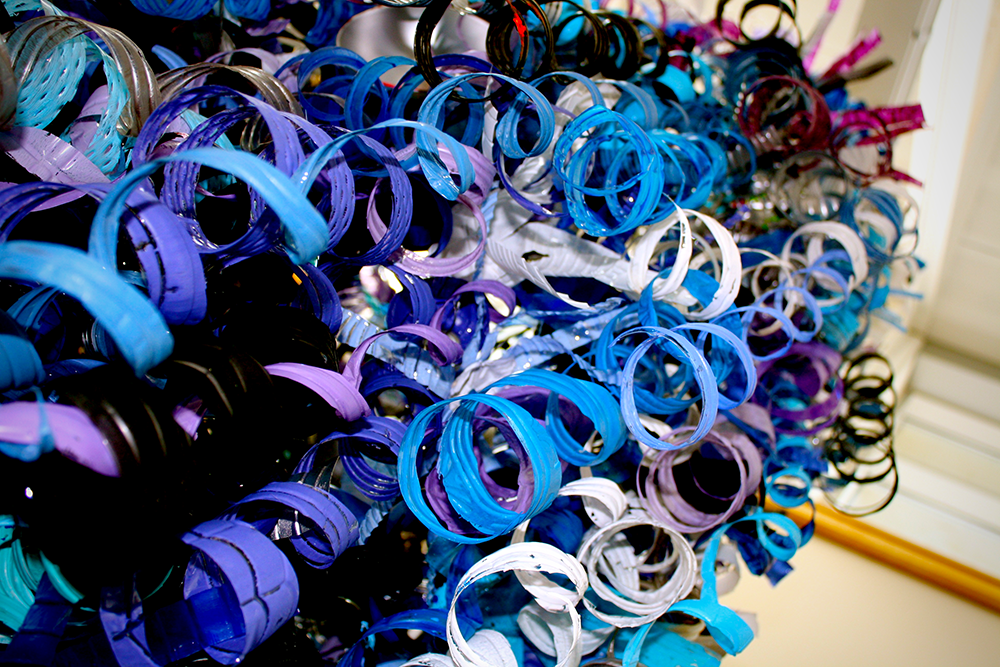


Upcycling Value Chains and Profitability
The creation of upcycling value chains is pivotal in transforming post-consumer products into valuable commodities.
These chains are essential for businesses aiming to develop profitable business models within the upcycling sector.
The process involves a series of steps, starting from the collection of discarded items to their transformation and eventual sale.
Each actor in the chain adds value, but also complexity, as coordination and quality control become increasingly challenging.
The success of these chains relies on the seamless integration of each step to ensure that the final product is both desirable and economically viable.
In the pursuit of profitability, it's crucial to recognize the important factors that influence the upcycling value chain.
These include the availability of materials, the cost of labor, and the market demand for upcycled goods.
Companies must navigate these factors with precision to ensure that their upcycled products are competitive.
Moreover, semi-structured interviews with industry experts can provide insights into best practices and common pitfalls, allowing businesses to refine their strategies.
By understanding and optimizing these value chains, companies can turn sustainability into a profitable endeavor.
Role of Literature Review and Non-Profits
A comprehensive literature review is an invaluable tool for understanding the current state of upcycling.
It provides a critical analysis of existing research, identifying gaps in knowledge and emerging trends.
This review can guide practitioners and academics alike, offering a foundation for future studies and practical applications.
By examining the successes and failures documented in academic literature, upcyclers can adopt evidence-based strategies to improve their processes and products.
Additionally, this scholarly work can highlight the roles that various actors play in the upcycling ecosystem, from individual artisans to large corporations.
Non-profits play a unique and vital role in the upcycling movement.
They often serve as catalysts for change, promoting environmental awareness and facilitating community-based upcycling initiatives.
These organizations can bridge the gap between recycling and upcycling by providing education, resources, and support to individuals and businesses looking to upcycle.
They also have the potential to create networks that foster the exchange of materials and ideas, contributing to a more robust and interconnected upcycling community.
Through their efforts, non-profits help ensure that recycled materials find a second life, reducing waste and promoting sustainable practices.


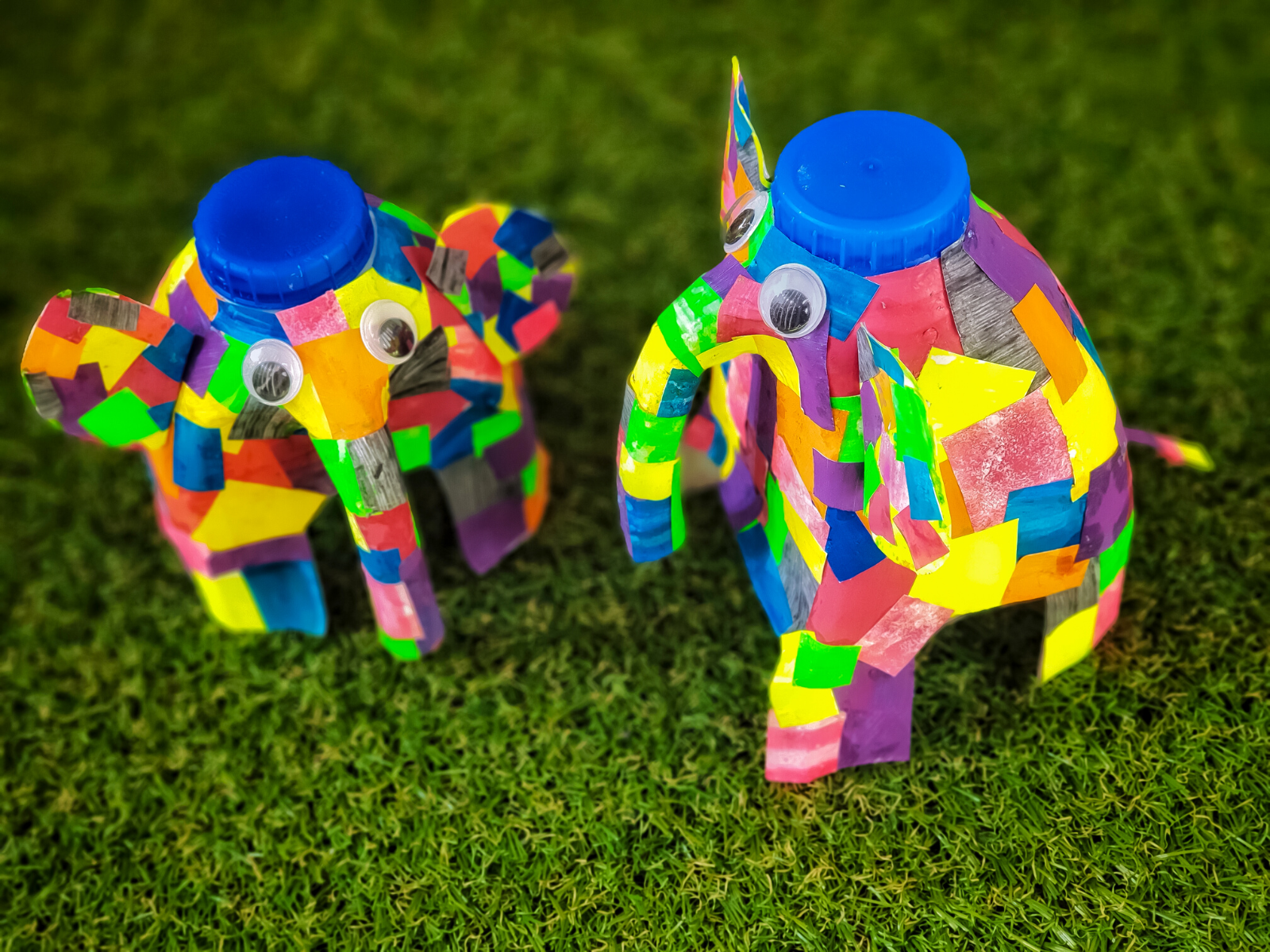
The Significance of Post-Consumer Products
The term 'post-consumer products' refers to materials that have been used and discarded by consumers, which then become the raw materials for upcycling.
These products are an important factor in the upcycling process, as they represent a vast resource that can be transformed into new, valuable items.
By focusing on post-consumer products, upcyclers can reduce waste and create a circular economy where materials are continuously reused.
However, sourcing these materials can be challenging due to their varied conditions and the logistics involved in collection and sorting.
The reliance on post-consumer products also raises questions about the quality and durability of upcycled goods.
While these materials offer an eco-friendly alternative to new resources, they often require additional processing to ensure they meet the standards for upcycled products.
This can include cleaning, repairing, or otherwise modifying the original product to make it suitable for its new purpose.
The process of transforming post-consumer products into high-quality upcycled goods is a testament to the creativity and innovation inherent in sustainable reuse practices.
Insights from Upcycling Practitioners
Semi-structured interviews with upcycling practitioners provide valuable insights into the challenges and opportunities within the industry.
These interviews, which allow for open-ended responses within a guided framework, can uncover the nuanced experiences of individuals who work with recycled and upcycled materials daily.
Through these conversations, practitioners can share their successes, the obstacles they face, and the strategies they employ to overcome them.
This qualitative research method is instrumental in understanding the complexities of upcycling from a human perspective.
Moreover, the findings from semi-structured interviews can inform best practices and highlight the important factor of human ingenuity in the upcycling process.
They can reveal how non-profits and businesses alike navigate the technical and market-related challenges of upcycling.
By analyzing the data from these interviews, researchers and industry leaders can gain a deeper understanding of the motivations behind consumer attitudes towards upcycled products, the efficacy of various business models, and the impact of educational initiatives on the growth of the upcycling movement.
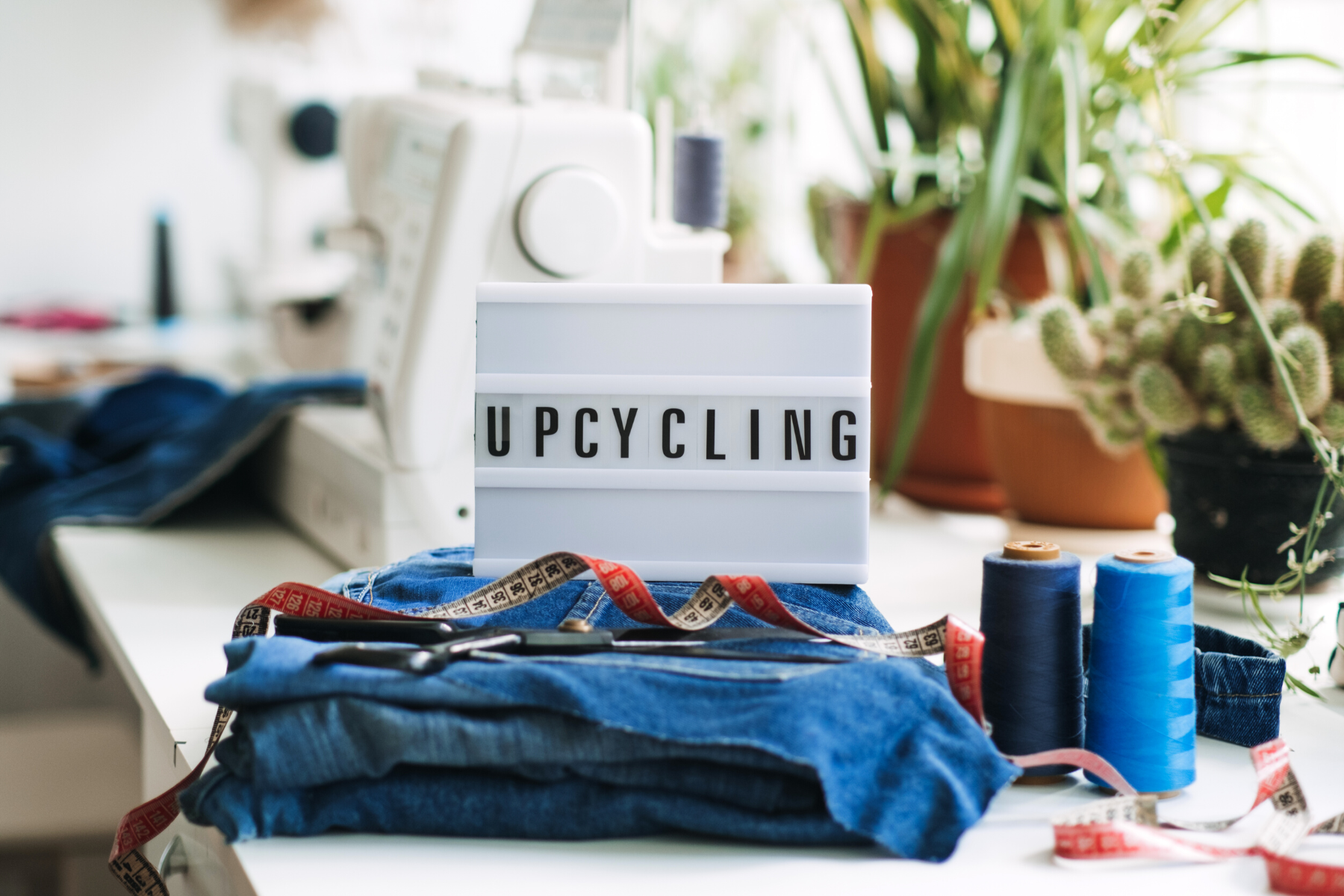

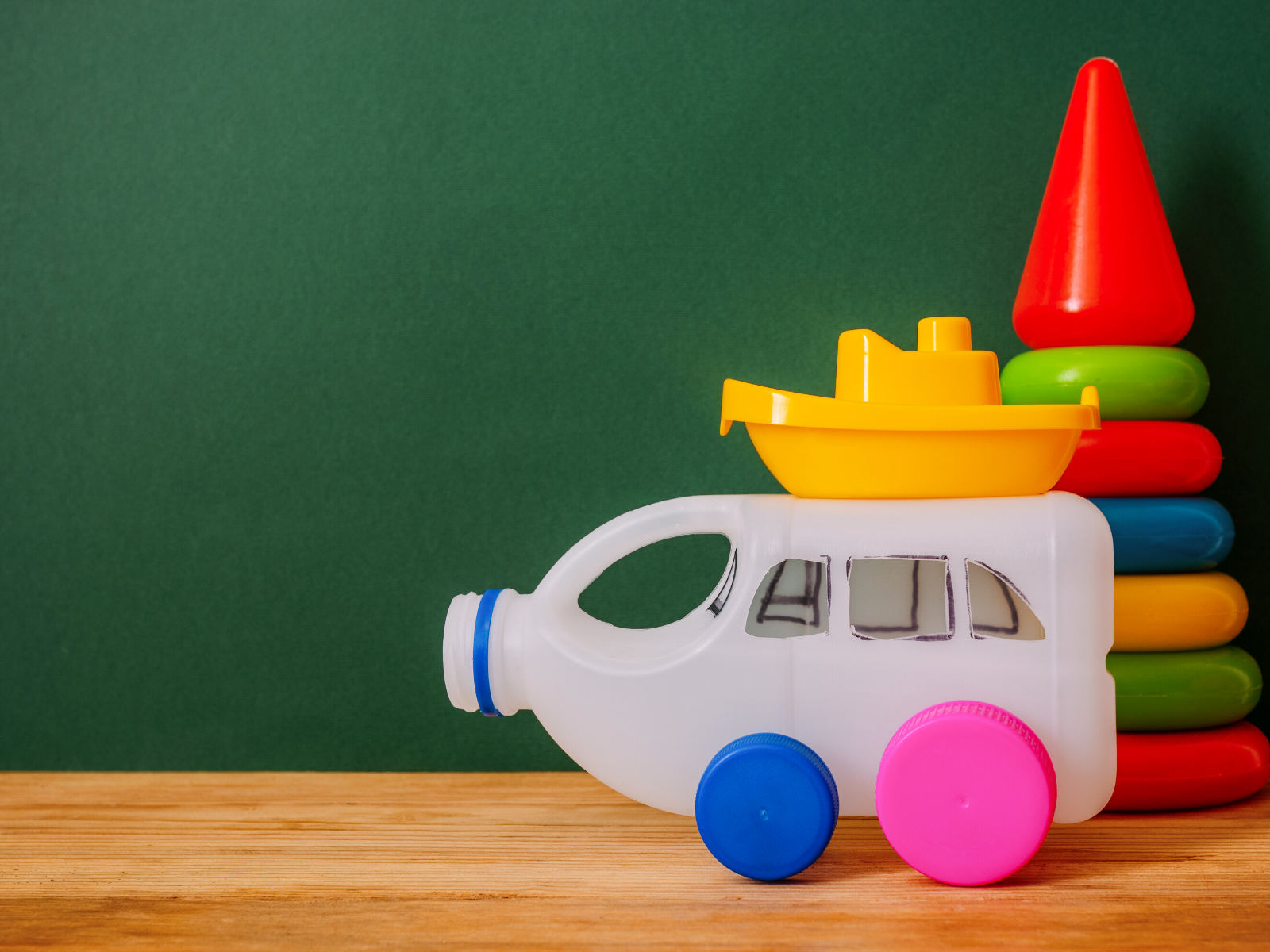
Insights from Upcycling Stakeholders
Semi-structured interviews with individuals involved in upcycling provide invaluable insights into the intricacies of the practice.
These conversations, often with entrepreneurs, designers, and non-profits, shed light on the motivations, challenges, and triumphs experienced within the upcycling ecosystem.
Through these interviews, patterns emerge, highlighting the importance of community support, the need for education on sustainable practices, and the role of innovation in overcoming material limitations.
The qualitative data gathered from these discussions is instrumental in shaping the strategies and policies that govern upcycling initiatives, ensuring they are grounded in real-world experiences and challenges.
Non-profits, in particular, play a pivotal role in the upcycling sector, as revealed by semi-structured interviews.
These organizations often bridge the gap between waste generation and upcycling opportunities, facilitating the collection and distribution of post-consumer products to those who can repurpose them.
They also serve as educational hubs, raising awareness about the benefits of upcycling and inspiring community involvement.
The insights from these interviews underscore the significance of non-profits in driving the upcycling movement forward, fostering a culture of sustainability, and empowering individuals to make a tangible impact on the environment through creative reuse.
Insights from Upcycling Entrepreneurs
Semi-structured interviews with upcycling entrepreneurs provide invaluable insights into the practicalities and philosophies driving the upcycling movement.
These conversations reveal the passion and innovation behind each project, as well as the common obstacles faced by practitioners.
From these interviews, themes of resourcefulness and resilience emerge, highlighting the adaptive strategies employed to overcome the challenges of upcycling.
Entrepreneurs often discuss the importance of community involvement and education in fostering a culture of sustainability.
Furthermore, these interviews serve as a platform for sharing best practices and lessons learned.
Entrepreneurs candidly discuss the successes and failures of their ventures, offering a behind-the-scenes look at the upcycling process.
This knowledge exchange is vital for the growth of the upcycling community, as it helps to refine techniques and inspire new approaches.
By documenting and disseminating these experiences, semi-structured interviews contribute to the collective wisdom of upcyclers and support the advancement of sustainable reuse practices.



Significance of Post-Consumer Products
The term 'post-consumer products' refers to materials that have been used and discarded by consumers, which then become the raw materials for upcycling.
The significance of these products in the upcycling process cannot be overstated, as they are the very foundation upon which sustainable reuse is built.
By diverting post-consumer products from landfills and giving them a new lease on life, upcyclers contribute to a circular economy that emphasizes resource efficiency and waste reduction. However, the challenge lies in the collection and sorting of these products, which requires a systematic approach to ensure that they are suitable for upcycling.
Incorporating post-consumer products into upcycling projects demands creativity and innovation.
These materials often come in varied conditions, qualities, and forms, making the upcycling process a complex puzzle to solve.
For instance, a non-profit organization might gather post-consumer textiles to create upcycled fashion items, but they must first assess the fabric's durability and aesthetic potential.
The process of transforming these discarded items into valuable products not only requires skill but also a deep understanding of the materials' properties and the potential environmental benefits of their reuse.
Dynamics of Post-Consumer Products in Upcycling Initiatives
Post-consumer products are the lifeblood of upcycling, serving as the raw materials that fuel the transformation into new, valuable items.
However, the dynamics of acquiring these products can be intricate, as it involves a thorough understanding of waste streams and consumer disposal habits.
Upcyclers must navigate the logistics of sourcing these items, which often requires building relationships with waste management entities and local communities.
The challenge lies in ensuring a consistent supply while also dealing with the variability in the quality and condition of post-consumer products.
Moreover, the process of sorting and categorizing post-consumer products demands meticulous attention.
Upcyclers must assess the potential of each item, considering factors such as material composition, durability, and aesthetic appeal.
This evaluation is crucial in determining the feasibility of repurposing the products and plays a significant role in the creative aspect of upcycling.
The ability to see the hidden value in discarded items is what sets successful upcycling initiatives apart, turning post-consumer waste into coveted commodities.
Integration of Post-Consumer Products in Processes
The utilization of post-consumer products is a cornerstone in the upcycling movement, presenting both opportunities and challenges.
These discarded items, ranging from plastic bottles to old textiles, are the raw materials that fuel the creativity and innovation within the upcycling community.
However, the process of integrating these materials into new products requires meticulous sorting and processing.
This is often a labor-intensive task, as post-consumer products must be cleaned, categorized, and sometimes deconstructed before they can be given a new lease on life.
The success of this integration is pivotal to the sustainability of upcycling practices, as it directly impacts the volume and quality of the final upcycled goods.
In the realm of upcycling, the narrative of post-consumer products is one of transformation.
These items, once deemed as waste, are reimagined into products with added value and functionality.
This metamorphosis is not only a testament to human ingenuity but also a critical response to the growing waste crisis.
By diverting post-consumer products from landfills and into the production cycle, upcyclers are actively reducing the environmental footprint of consumerism.
The challenge lies in establishing a consistent supply chain that can support the demand for upcycled goods, ensuring that the influx of post-consumer products is steady, reliable, and of a quality that meets the upcycler's standards.

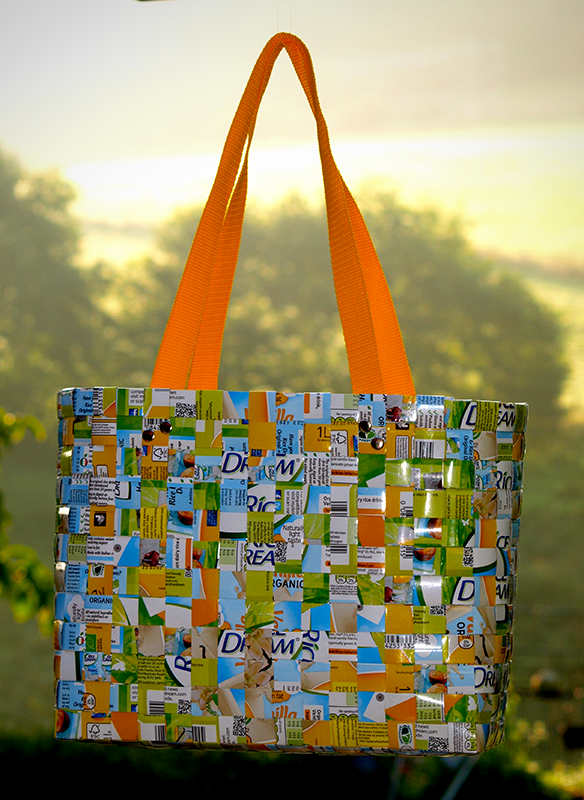

The Importance of Knowledge Exchange
Knowledge exchange among upcyclers can lead to innovation and improved practices.
Through forums, workshops, and collaborative projects, upcyclers can share insights and learn from each other's experiences, which is vital for overcoming the technical and logistical challenges of upcycling.
Moreover, knowledge exchange can facilitate partnerships and collaborations that expand the reach of upcycling initiatives and amplify their impact.
Non-profit organizations, in particular, play a significant role in this knowledge exchange, acting as hubs for information sharing and community engagement.
Benefits of Knowledge Exchange
The upcycling movement is founded on the idea of creative reuse and sustainability.
Knowledge exchange is an essential component of this movement, as it enables upcyclers to share best practices, learn from each other's experiences, and collaborate on projects that benefit the community.
Through knowledge exchange, practitioners can expand their skillset, refine their techniques, and overcome challenges they might not have been able to tackle alone.
Non-profits play a vital role in facilitating this knowledge exchange, as they are often at the forefront of upcycling initiatives.
Their networks, resources, and community connections offer a valuable platform for upcyclers to share their experiences and learn from each other.
Moreover, non-profits tend to have a broader perspective on sustainability issues, bringing diverse perspectives to the table and fostering innovation in sustainable reuse practices.
Success Factor: Community Engagement
Community engagement is a second success factor for upcycling initiatives.
By involving the community, upcyclers can encourage donations, create jobs, and foster a feedback loop that informs the development of products that resonate with consumers.
Additionally, community involvement can inspire a culture of sustainable consumption and foster a sense of collective responsibility for the environment.
Community Involvement in Upcycling Initiatives
Community involvement is essential to the success of upcycling initiatives.
By engaging with local communities, upcyclers can raise awareness about sustainable practices, educate individuals on the impact of waste, and highlight the potential of upcycling in reducing environmental harm.
Moreover, community involvement can facilitate access to post-consumer products and volunteer support, which is crucial for non-profits and small businesses with limited resources.
Upcyclers can also use community engagement as a tool to gather feedback on their products.
By involving consumers in the creative process, upcyclers can tailor their products to meet the demands and preferences of their target audience.
This feedback loop is instrumental in building a loyal customer base and driving the growth of upcycling initiatives.


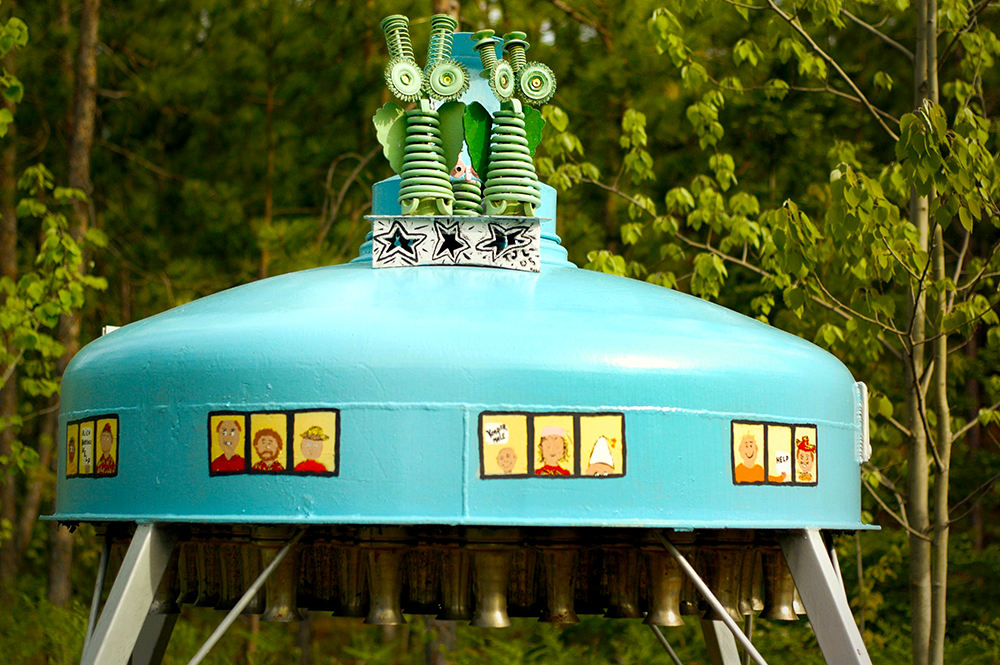
Social Benefits of Upcycling
Upcycling not only helps the environment but also offers social benefits by creating jobs and fostering community engagement.
By promoting reuse and repurposing, upcycling can contribute to a more inclusive and sustainable economy.
Furthermore, upcycling can also serve as a platform for skill-building and creativity, empowering individuals and communities to take control of their environmental impact.
This social aspect of upcycling highlights its potential not only as an environmental solution but also as a tool for positive social change.
Growing Concern for the Environment
As environmental awareness increases, so does the interest in upcycling.
This growing concern is a driving force behind the push for a circular economy, where the value of products and materials is maintained for as long as possible.
Upcycling plays a crucial role in this movement, as it promotes the reuse of materials and reduces the need for resource extraction and consumption.
Moreover, upcycling can also help to mitigate environmental damage caused by waste disposal methods such as incineration and landfilling.
The Role of Upcycling in Sustainable Waste Management
Traditional waste management practices often prioritize convenience and cost over environmental impact.
However, the rise of upcycling initiatives challenges this approach, offering a more sustainable solution for waste management.
By diverting post-consumer products from landfills, upcyclers reduce the volume of waste that requires disposal and provide an alternative path for these materials to be reused.
This approach is not only beneficial for the environment but also for the economy, as it creates jobs and drives innovation.
Moreover, upcycling can help to reduce waste in industries such as fashion, where fast fashion and overproduction contribute to a significant environmental footprint.
By promoting slow fashion and circular production methods, upcycling can help to shift consumer behavior towards more sustainable choices.


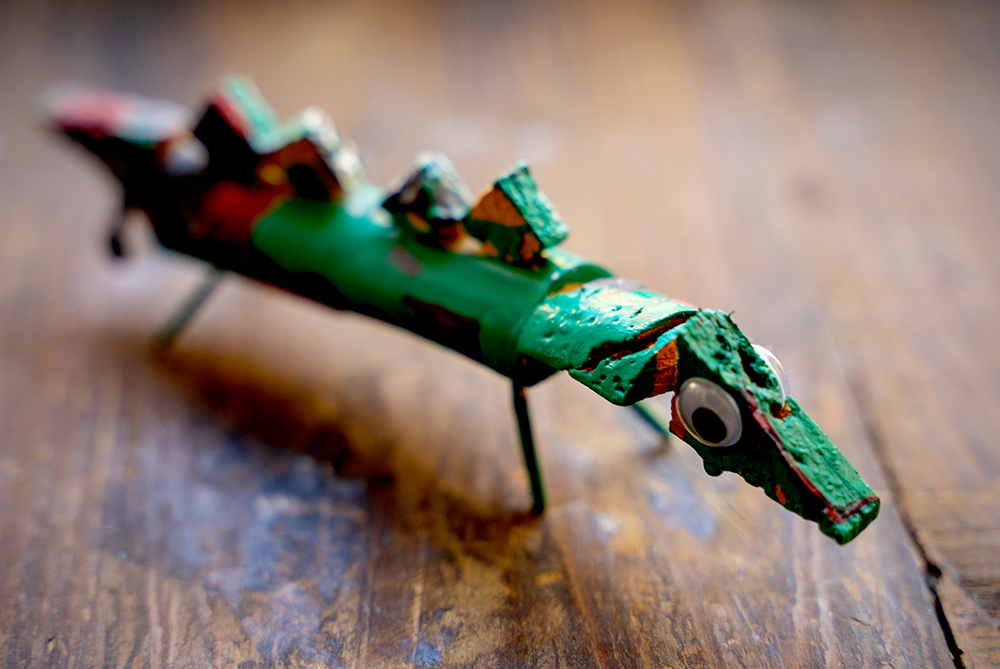
The Future of Upcycling
Upcycling has tremendous potential to reduce waste and promote sustainable consumption, presenting a promising path towards a more sustainable society.
However, it is not without its challenges - from sourcing materials to changing consumer attitudes.
It requires technical knowledge, business management support, appropriate facilities, and collaboration among various stakeholders to succeed.
Nonetheless, upcycling initiatives have the power to inspire change and drive innovation in sustainability.
Despite these challenges, the potential environmental and social benefits of upcycling make it a crucial endeavor.
Collaboration among small businesses, educational institutions, local councils, and other stakeholders is essential to overcome these hurdles and promote a circular economy.
By understanding the significance of post-consumer products, promoting knowledge exchange, engaging communities, and addressing environmental concerns through upcycling practices, we can create a more sustainable future for generations to come.
Upcycling may seem hard, but it is an excellent way to express your creativity, reduce waste, and make something new.
With the right mindset, resources, and inspiration, anyone can become a successful upcycler.
So, let us continue supporting and promoting upcycling initiatives, as they are essential for a sustainable future!
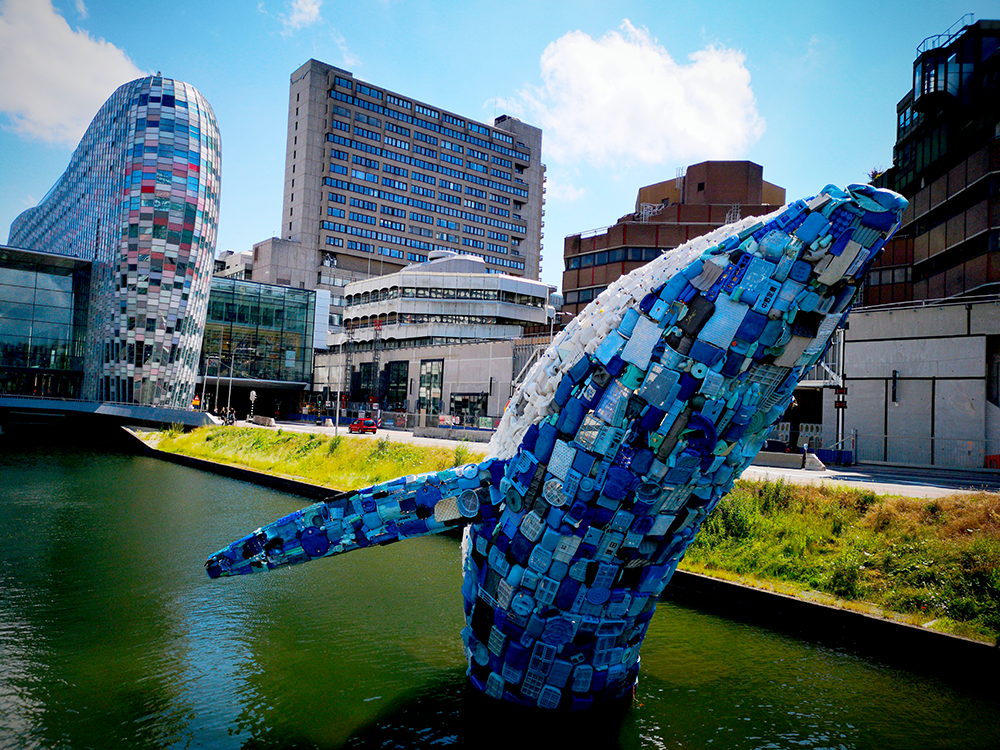
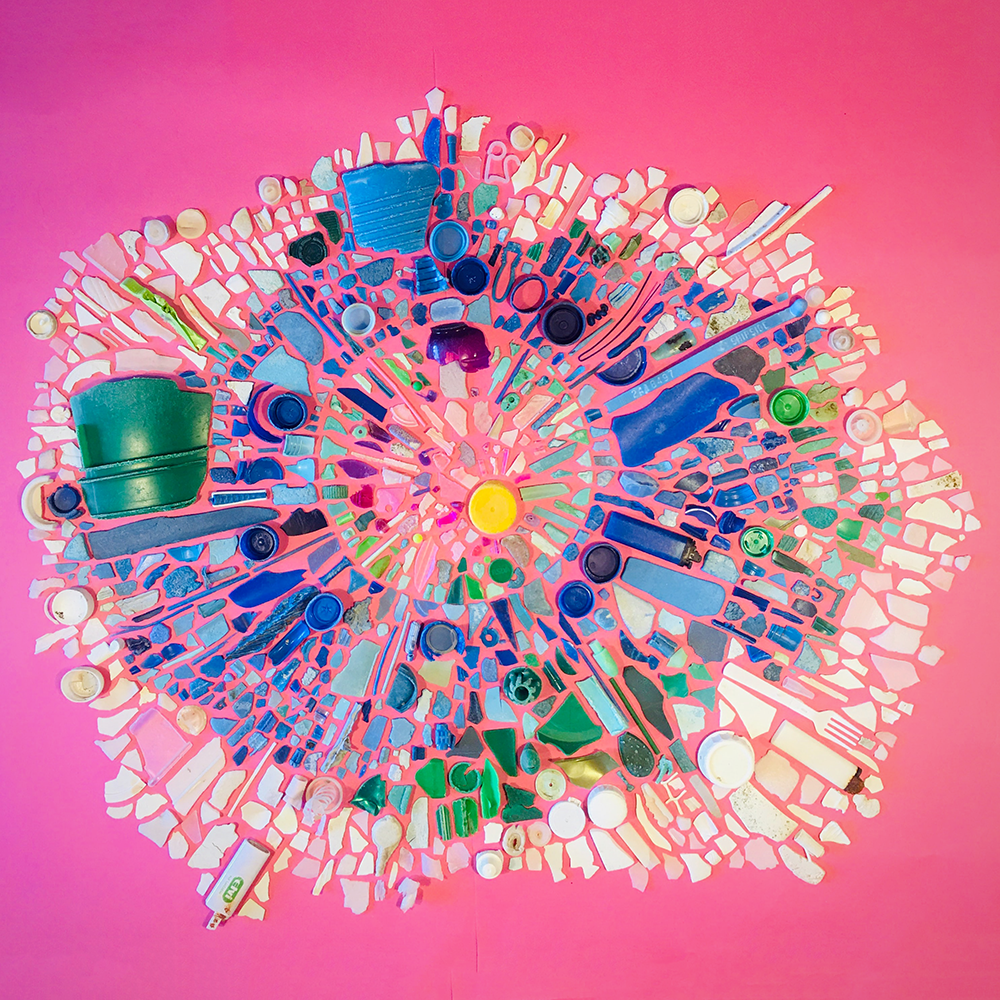

Ready to try upcycling and repurposing? Check out Sustainably Vegan's video!
Want even more content about creativity and art?
Be sure to check out all of our creative chronicles!
Ready to dive into the world of upcycling and recycled art?
Check out some of our other articles:
-What is the difference between upcycled and repurposed?
-What are the difference between upcycled art and downcycled art?
